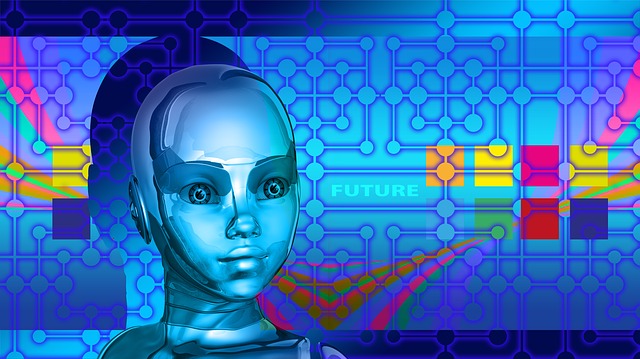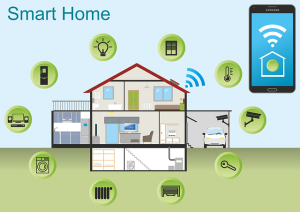Deep learning technology

Imagine the perfect smart home system. In the morning you are gently woken up by slight vibration of your pillow. Refreshed you get up to a hot steaming cup of coffee and hot from the oven omelet. Shower is just the right temperature – without you even touching the valves. On your bathroom walls you see latest news – or latest music videos. You go to work – the door closes by itself. You come home – the door opens just by reading your Wi-Fi signal. No keys, no turning the knob.
This is what deep learning is for and what makes a semi-automated system a real smart home. It learns. It analyzes your preferences, your tastes in music, your behavior patterns, and learns. What music would you like on a rainy day? What room temperature are you feeling best in at 5 in the afternoon? And oh, did you forget to water that orchid plant? Of course not, your “smartie” did it already.
Apple’s Siri is an example of a piece of a smart home. You still control just a tiny bit of the environment around you and you still have to make commands. The future will truly be now when it reads your desires automatically.

Deep learning is AI’s future in a whole lot of areas, especially the ones with high responsibility, as for example video surveillance.
The market of video surveillance is constantly expanding: nowadays all business enterprises, all public places are equipped with video surveillance system. When there is such a large amount of records, it’s hard to observe and analyze information without special tools. Xeoma understands the modern needs of the modern society and gladly helps implement all tasks of video surveillance system management.
Deep learning is the fastest growing segment of artificial intelligence, allowing machines to analyze information in large amounts. Deep learning technology is used in Xeoma, which makes video surveillance revolutionary. It improves and expands the intelligent video system analysis, intellectual features, such as heat mapping or face detection. The advanced algorithms of deep learning mean that the device is able to learn, performing hierarchical data extraction, and continually adapting over time, even in a complicated environment.

Thanks to this continual adaptation in quicker processing, accuracy of pattern analysis and classification are increased over time. In this way, analyzing video content in real time becomes more efficient and more powerful. Deep learning technology supports traffic data collection, by determining license plate numbers, as well as type, make and color of cars. It can also identify, whether a driver and a passenger are wearing seat belts, or talking on the phone, which sufficiently helps the State Traffic Safety Inspectorate.

|
There are additional modules available for Xeoma Standard and Xeoma Pro licenses, such as “Face recognition (artificial intelligence)”, “Objects recognizer”, “Face ID”, “Search by photo”, “Emotions recognition”, “Smart card reader” and more.
More information in this article: Additional modules in Xeoma. |
Deep learning technology enables machines to perform complex visual analysis, identifying the gender, age range and emotional state of the identified persons, as well as detecting, whether the person is wearing glasses. Deep learning also offers improved heat mapping functionality, highlighting the areas of the scene with the highest population of interest. This helps analyze information, which goods are in higher demand, as well as identify the crowd and its behavior patterns, which is indispensable in the safety aspect.
Xeoma is proud of bringing deep learning to the security industry, making video surveillance system more accurate, intelligent and high-performing.
September, 6 2017
Read also:
Additional modules
Application of Xeoma
Residential complex: video surveillance installation
Intellectual Xeoma modules: filters